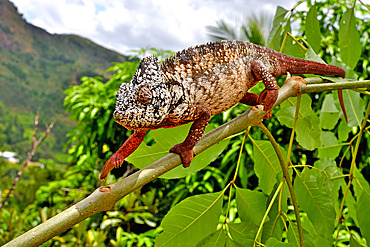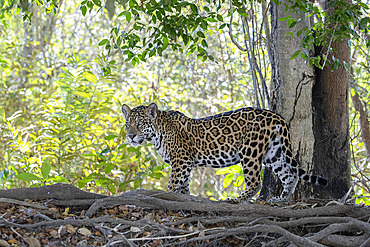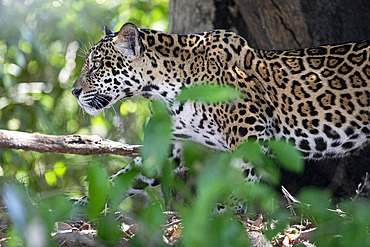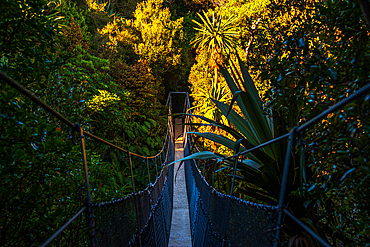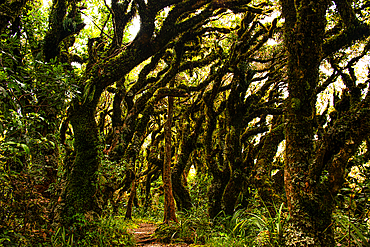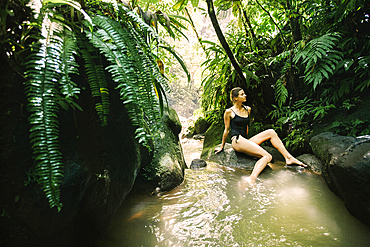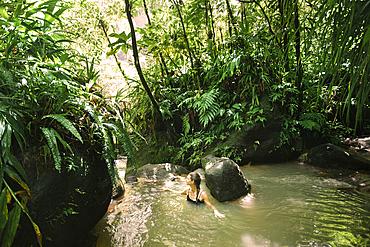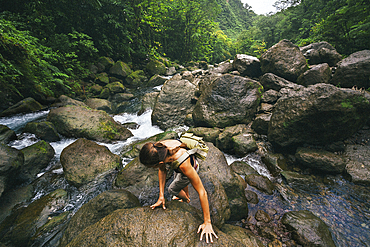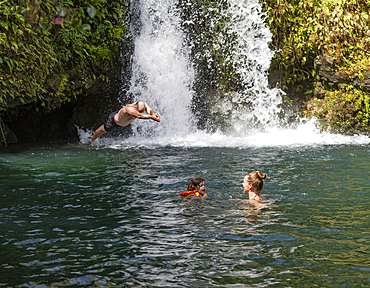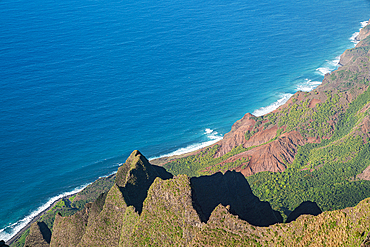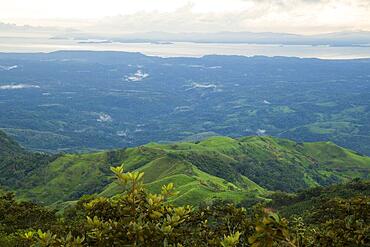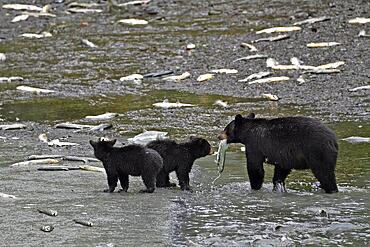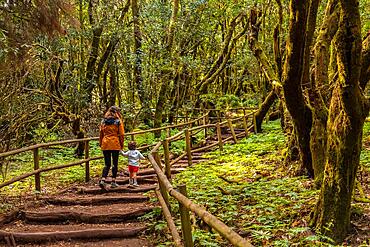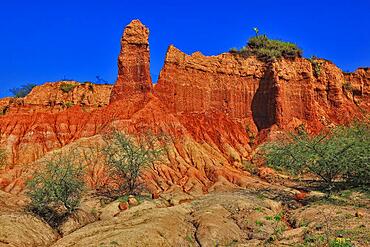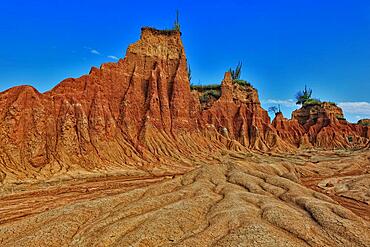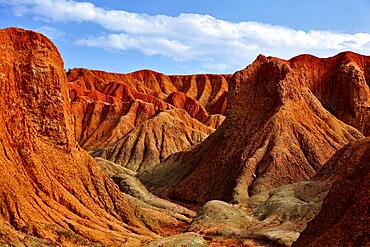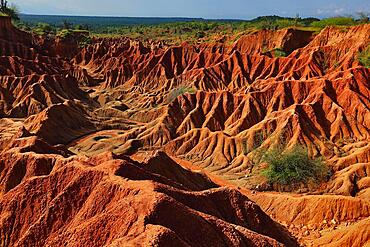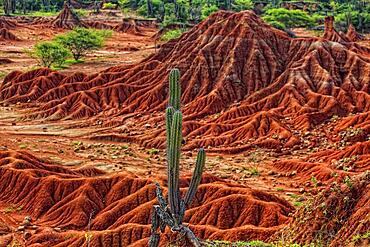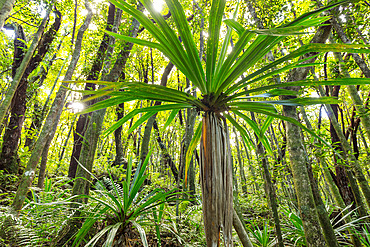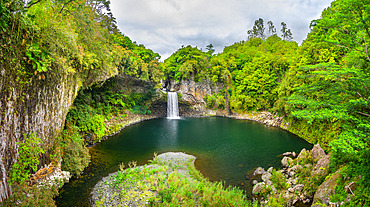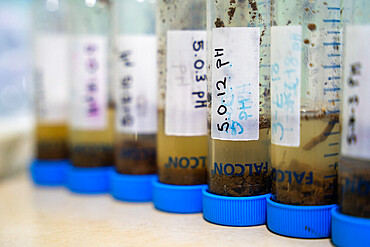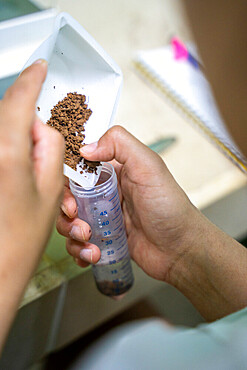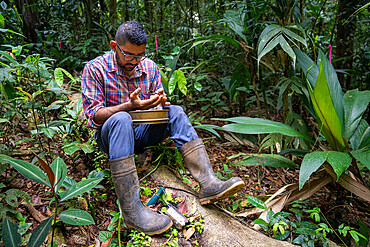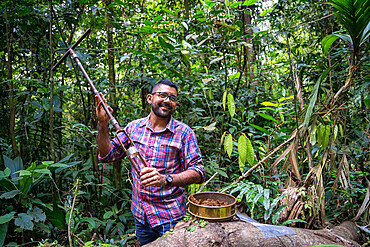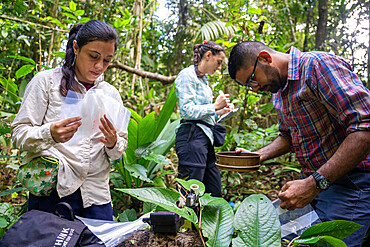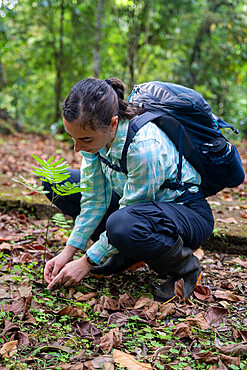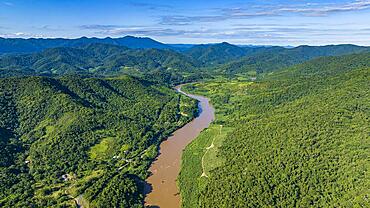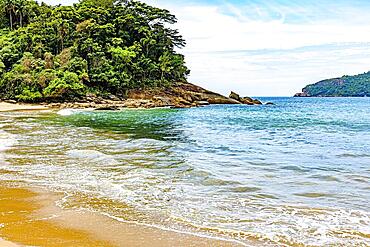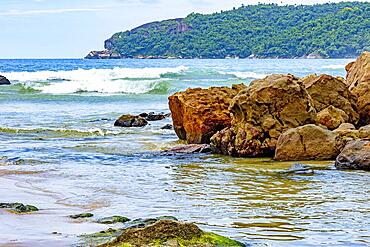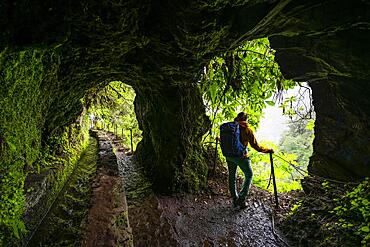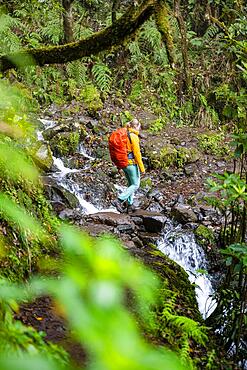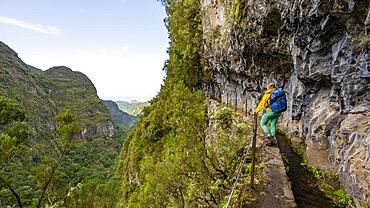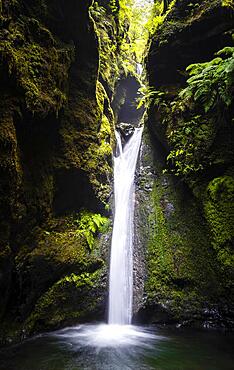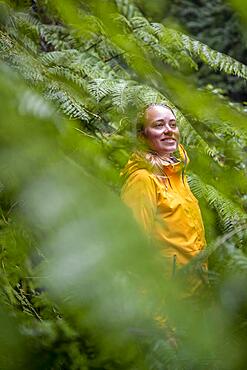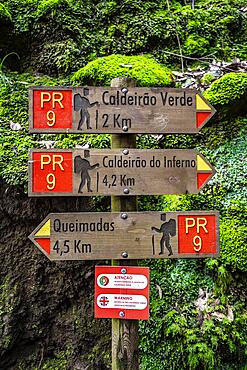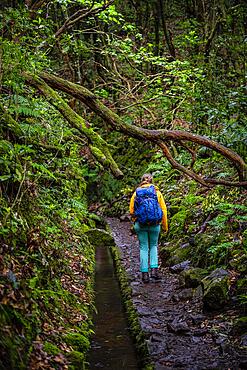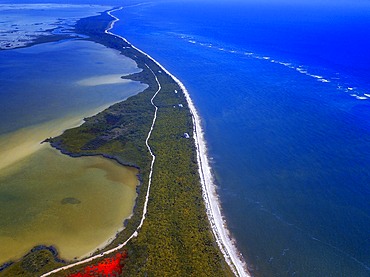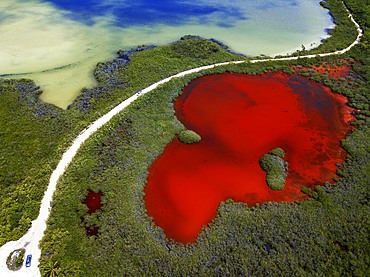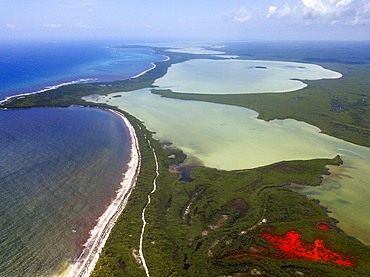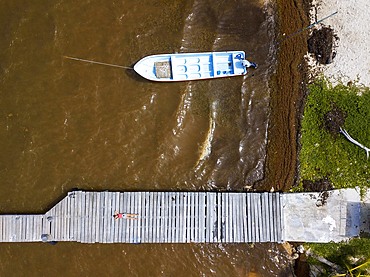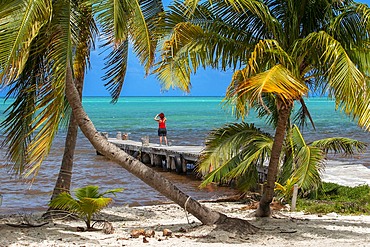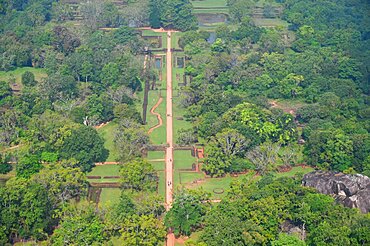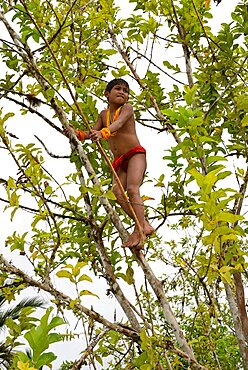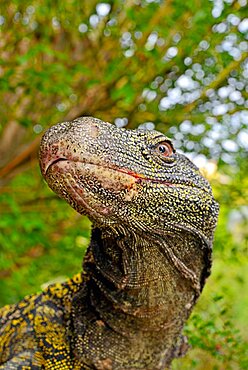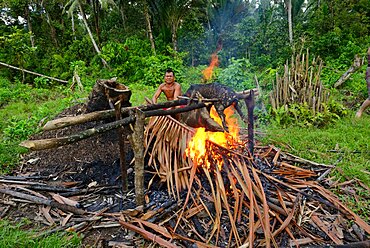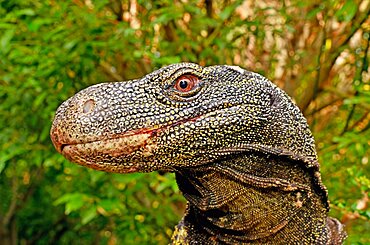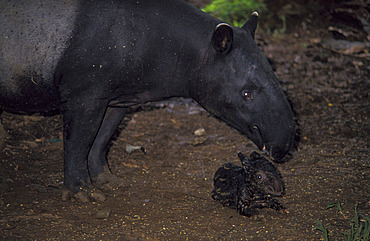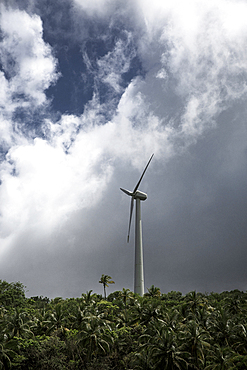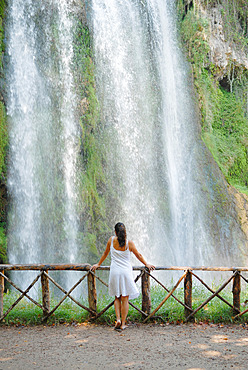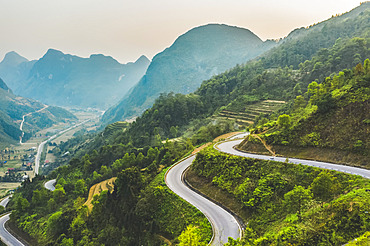Recent searches
Loading...
860-292262 - Oustalet's Chameleon (Furcifer oustaleti) on a branch, Madagascar
860-292172 - Jaguar walking in the forest (Panthera onca) is a wild cat species and the only extant member of the genus Panthera native to the Americas. Pantanal, Mato Grosso, Brazil
860-292171 - Jaguar walking in the forest (Panthera onca) is a wild cat species and the only extant member of the genus Panthera native to the Americas. Pantanal, Mato Grosso, Brazil
1372-149 - Suspension bridge through a warm illuminated tropical forest, the Rainforest biome of Mount Taranaki, North Island, New Zealand, Pacific
1372-143 - Tropical plants deep in a lush overgrown forest, Jungle of Mount Taranaki, North Island, New Zealand, Pacific
1131-2029 - Aerial view of a Giant Buddha head surrounded by an Asian tropical forest, AI Generated, Asia
1361-365 - Tropical Indonesian beach of Nusa Penida island with turquoise and crystal sea water, aerial shot, Crystal Bay, Nusa Penida, Klungkung regency, Bali, Indonesia, Southeast Asia, Asia
1116-52819 - Woman relaxing on the rocks surrounding the hot springs at Trafalgar Falls enjoying the atmosphere of the lush rainforest on the Caribbean Island of Dominica in Morne Trois Pitons National Park, Dominica, Caribbean
1116-52818 - Woman enjoying soaking in the warm water, hot springs at Trafalgar Falls in the lush rainforest on the Caribbean Island of Dominica in Morne Trois Pitons National Park, Dominica, Caribbean
1116-52817 - Overhead view of a woman climbing over the slippery, wet rocks along the rushing stream at Trafalgar Falls on the Caribbean Island of Dominica in Morne Trois Pitons National Park, Dominica, Caribbean
1116-52810 - Family enjoying swimming in a natural pool under a plunging waterfall along the Road to Hana, Maui, Hawaii, United States of America
1116-52756 - Scenic view from the green covered mountain cliffs of the Napali Coast along the Kalalau Trail on the Hawaiian Island of Kauai, with the calm, blue waters of the Pacific Ocean lapping the shore, Kauai, Hawaii, United States of America
832-403604 - Top view tropical forest rainy weather
1112-8097 - An adult coconut crab (Birgus latro), on land on Gam Island, Raja Ampat, Indonesia, Southeast Asia, Asia
832-402849 - American Black Bear (Ursus americanus) with two cubs standing in the water holding captured salmon in her mouth, rainforest, Prince William Sound, Alaska, USA, North America
832-402066 - Mother and son trekking on some stairs along a path in the Garajonay natural park on La Gomera, Canary Islands
832-402065 - Mother and son trekking up some stairs on a path in the Garajonay natural park on La Gomera, Canary Islands
832-402064 - Mother and son climbing some stairs along a path in the Garajonay natural park on La Gomera, Canary Islands
832-402063 - Beautiful footpath in the natural park of Garajonay in La Gomera, Canary Islands
832-401982 - Republic of Colombia, Tatacoa Desert, landscape in the department of Huila, Desierto de la Tatacoa, Tatacoa Desert is a desert of about 330 km² in Colombia, in the northern part of the province of Huila in the valley of the Rio Magdalena, a dry basin at the foot of the Eastern Cordillera, tropical dry forest, playful rock cones, washed-out gorges and rock formations, Colombia, South America
832-401981 - Republic of Colombia, Tatacoa Desert, landscape in the department of Huila, Desierto de la Tatacoa, Tatacoa Desert is a desert of about 330 km² in Colombia, in the northern part of the province of Huila in the valley of the Rio Magdalena, a dry basin at the foot of the Eastern Cordillera, tropical dry forest, playful rock cones, washed-out gorges and rock formations, Colombia, South America
832-401980 - Republic of Colombia, Tatacoa Desert, landscape in the department of Huila, Desierto de la Tatacoa, Tatacoa Desert is a desert of about 330 km² in Colombia, in the northern part of the province of Huila in the valley of the Rio Magdalena, a dry basin at the foot of the Eastern Cordillera, tropical dry forest, playful rock cones, washed-out gorges and rock formations, Colombia, South America
832-401979 - Republic of Colombia, Tatacoa Desert, landscape in the department of Huila, Desierto de la Tatacoa, Tatacoa Desert is a desert of about 330 km² in Colombia, in the northern part of the province of Huila in the valley of the Rio Magdalena, a dry basin at the foot of the Eastern Cordillera, tropical dry forest, playful rock cones, washed-out gorges and rock formations, Colombia, South America
832-401978 - Republic of Colombia, Tatacoa Desert, landscape in the department of Huila, Desierto de la Tatacoa, Tatacoa Desert is a desert of about 330 km² in Colombia, in the northern part of the province of Huila in the valley of the Rio Magdalena, a dry basin at the foot of the Eastern Cordillera, tropical dry forest, playful rock cones, washed-out gorges and rock formations, Colombia, South America
1369-54 - Monte Palace Tropical Garden, Funchal, Madeira, Portugal, Atlantic, Europe
1369-53 - Monte Palace Tropical Garden, Funchal, Madeira, Portugal, Atlantic, Europe
1369-52 - Monte Palace Tropical Garden, Funchal, Madeira, Portugal, Atlantic, Europe
860-291769 - Mare-longue Forest, Saint-Philippe, Reunion Island, France
860-291767 - Grand Galet waterfall, Langevin River, Saint-Joseph, Reunion Island, France
860-291768 - Mare-longue Forest, Saint-Philippe, Reunion Island, France
860-291765 - Bassin la Paix, Bras Panon, Reunion Island, France
860-291764 - Bassin des Aigrettes, Saint Gilles, Reunion Island, France
860-291763 - Woman at the edge of Bassin des Aigrettes, Saint Gilles, Reunion Island, France
860-291761 - Bassin des Aigrettes, Saint Gilles, Reunion Island, France
860-291762 - Woman at the edge of Bassin des Aigrettes, Saint Gilles, Reunion Island, France
860-291760 - Bassin des Aigrettes, Saint Gilles, Reunion Island, France
860-291757 - Anse des Cascades, Piton Sainte-Rose, Reunion Island, France
860-291756 - Anse des Cascades, Piton Sainte-Rose, Reunion Island, France
860-291527 - The heart, heart shape in a series of islands in Raja-Ampat, Indonesia
860-291526 - The heart, heart shape in a series of islands in Raja-Ampat, Indonesia
860-291433 - Fringe-lipped Bat (Trachops cirrhosus) in the hand of a scientist as part of a pollination study, tropical forest at the "La Selva" research station in Puerto Viejo de Sarapiqui, Costa Rica
860-291422 - Earth diluted with water in order to extract the PH from the soil as part of a study on nitrogen exchanges between bacteria and the roots of legumes in the tropical forest of the "La Selva" research station in Puerto Viejo from Sarapiqui, Costa Rica
860-291420 - Earth diluted with water in order to extract the PH from the soil as part of a study on nitrogen exchanges between bacteria and the roots of legumes in the tropical forest of the "La Selva" research station in Puerto Viejo from Sarapiqui, Costa Rica
860-291417 - Research assistant working on nitrogen exchanges between bacteria and the roots of legumes in the tropical forest of the "La Selva" research station in Puerto Viejo de Sarapiqui, Costa Rica
860-291412 - Research assistant working on nitrogen exchanges between bacteria and the roots of legumes in the tropical forest of the "La Selva" research station in Puerto Viejo de Sarapiqui, Costa Rica
860-291408 - 27-year-old researcher and her team working on nitrogen exchange between bacteria and the roots of legumes in the rainforest at the "La Selva" research station in Puerto Viejo de Sarapiqui, Costa Rica
860-291406 - 27-year-old researcher in front of the Pracaxi legume (Pentaclethra macroloba) at the "La Selva" research station in Puerto Viejo de Sarapiqui, Costa Rica
832-401167 - A young tourist with a hat at the viewpoint of the Fireba volcano in La Llania park in El Hierro, Canary Islands
832-401165 - A mother on a bridge on the La Llania trekking trail in El Hierro, Canary Islands. lush green landscape
832-401166 - A young woman at the viewpoint of the Fireba volcano in La Llania park in El Hierro, Canary Islands. Next to El Brezal the humid forest
832-401164 - A mother with her son next to a sign identifying the La Llania trekking trail in El Hierro, Canary Islands. lush green landscape
832-401163 - Mother and son in the natural park of La Llania in El Hierro, Canary Islands. On a path of laurel from El Hierro in a lush green landscape
832-401162 - Mother and son walking in La Llania on El Hierro, Canary Islands. On a path of laurel from El Hierro in a lush green landscape
832-400873 - Aerial of the Iguape river, Unesco site Atlantic Forest South-East Reserves, Alto Ribeira Touristic State Park, Sao Paulo state, Brazil, South America
832-400871 - Aerial of the Iguape river, Unesco site Atlantic Forest South-East Reserves, Alto Ribeira Touristic State Park, Sao Paulo state, Brazil, South America
832-400872 - Aerial of the Iguape river, Unesco site Atlantic Forest South-East Reserves, Alto Ribeira Touristic State Park, Sao Paulo state, Brazil, South America
832-400230 - Dense vegetation of the tropical forest by the sea of transparent waters in Trindade on the south coast of Rio de Janeiro, Brasil
832-400229 - The encounter between the rocks, waves, preserved tropical forest and the sea in Trindade on the southern coast of the state of Rio de Janeiro, Brazil, Brasil, South America
832-398931 - Hiker in a tunnel at PR9 Levada do Caldeirao Verde, Madeira, Portugal, Europe
832-398930 - Waterfall, fern on cliff in jungle, PR9 Levada do Caldeirao Verde, Madeira, Portugal, Europe
832-398929 - Hiker on a Levada, PR9 Levada do Caldeirao Verde, Madeira, Portugal, Europe
832-398927 - Hiker on a Levada, PR9 Levada do Caldeirao Verde, Madeira, Portugal, Europe
832-398926 - Hiker on a Levada, PR9 Levada do Caldeirao Verde, Madeira, Portugal, Europe
832-398925 - Ribeira Grande, waterfall in a gorge on PR9 Levada do Caldeirao Verde, Madeira, Portugal, Europe
832-398921 - Adventure in nature, hiker in the thicket, fern, PR9 Levada do Caldeirao Verde, Madeira, Portugal, Europe
832-398919 - Hiking sign, Levada, PR9 Levada do Caldeirao Verde, Madeira, Portugal, Europe
832-398918 - Hiker on a Levada, PR9 Levada do Caldeirao Verde, Madeira, Portugal, Europe
1350-6627 - Aerial view of Punta Allen Sian Ka'an Reserve, Yucatan Peninsula, Mexico. Red lagoon near Boca Paila Bridge.
In the language of the Mayan peoples who once inhabited this region, Sian Ka'an means Origin of the Sky. Located on the east coast of the Yucatán peninsula, this biosphere reserve contains tropical forests, mangroves and marshes, as well as a large marine section intersected by a barrier reef. It provides a habitat for a remarkably rich flora and a fauna comprising more than 300 species of birds, as well as a large number of the region's characteristic terrestrial vertebrates, which cohabit in the diverse environment formed by its complex hydrological system.
Along its roughly 120 kilometres of coastline, the property covers over 400,000 hectares of land ranging from sea level to only ten m.a.s.l. The property boasts diverse tropical forests, palm savannah, one of the most pristine wetlands in the region, lagoons, extensive mangrove stands, as well as sandy beaches and dunes. The 120,000 hectares of marine area protect a valuable part of the Mesoamerican Barrier Reef and seagrass beds in the shallow bays. The lush green of the forests and the many shades of blue of the lagoons and the Caribbean Sea under a wide sky offer fascinating visual impressions.
1350-6623 - Aerial view of Punta Allen Sian Ka'an Reserve, Yucatan Peninsula, Mexico. Red lagoon near Boca Paila Bridge.
In the language of the Mayan peoples who once inhabited this region, Sian Ka'an means Origin of the Sky. Located on the east coast of the Yucatán peninsula, this biosphere reserve contains tropical forests, mangroves and marshes, as well as a large marine section intersected by a barrier reef. It provides a habitat for a remarkably rich flora and a fauna comprising more than 300 species of birds, as well as a large number of the region's characteristic terrestrial vertebrates, which cohabit in the diverse environment formed by its complex hydrological system.
Along its roughly 120 kilometres of coastline, the property covers over 400,000 hectares of land ranging from sea level to only ten m.a.s.l. The property boasts diverse tropical forests, palm savannah, one of the most pristine wetlands in the region, lagoons, extensive mangrove stands, as well as sandy beaches and dunes. The 120,000 hectares of marine area protect a valuable part of the Mesoamerican Barrier Reef and seagrass beds in the shallow bays. The lush green of the forests and the many shades of blue of the lagoons and the Caribbean Sea under a wide sky offer fascinating visual impressions.
1350-6625 - Aerial view of Punta Allen Sian Ka'an Reserve, Yucatan Peninsula, Mexico. Red lagoon near Boca Paila Bridge.
In the language of the Mayan peoples who once inhabited this region, Sian Ka'an means Origin of the Sky. Located on the east coast of the Yucatán peninsula, this biosphere reserve contains tropical forests, mangroves and marshes, as well as a large marine section intersected by a barrier reef. It provides a habitat for a remarkably rich flora and a fauna comprising more than 300 species of birds, as well as a large number of the region's characteristic terrestrial vertebrates, which cohabit in the diverse environment formed by its complex hydrological system.
Along its roughly 120 kilometres of coastline, the property covers over 400,000 hectares of land ranging from sea level to only ten m.a.s.l. The property boasts diverse tropical forests, palm savannah, one of the most pristine wetlands in the region, lagoons, extensive mangrove stands, as well as sandy beaches and dunes. The 120,000 hectares of marine area protect a valuable part of the Mesoamerican Barrier Reef and seagrass beds in the shallow bays. The lush green of the forests and the many shades of blue of the lagoons and the Caribbean Sea under a wide sky offer fascinating visual impressions.
1350-6620 - Aerial view of Punta Allen Sian Ka'an Reserve, Yucatan Peninsula, Mexico. Red lagoon near Boca Paila Bridge.
In the language of the Mayan peoples who once inhabited this region, Sian Ka'an means Origin of the Sky. Located on the east coast of the Yucatán peninsula, this biosphere reserve contains tropical forests, mangroves and marshes, as well as a large marine section intersected by a barrier reef. It provides a habitat for a remarkably rich flora and a fauna comprising more than 300 species of birds, as well as a large number of the region's characteristic terrestrial vertebrates, which cohabit in the diverse environment formed by its complex hydrological system.
Along its roughly 120 kilometres of coastline, the property covers over 400,000 hectares of land ranging from sea level to only ten m.a.s.l. The property boasts diverse tropical forests, palm savannah, one of the most pristine wetlands in the region, lagoons, extensive mangrove stands, as well as sandy beaches and dunes. The 120,000 hectares of marine area protect a valuable part of the Mesoamerican Barrier Reef and seagrass beds in the shallow bays. The lush green of the forests and the many shades of blue of the lagoons and the Caribbean Sea under a wide sky offer fascinating visual impressions.
1350-6616 - Aerial view of Punta Allen Sian Ka'an Reserve, Yucatan Peninsula, Mexico.
In the language of the Mayan peoples who once inhabited this region, Sian Ka'an means Origin of the Sky. Located on the east coast of the Yucatán peninsula, this biosphere reserve contains tropical forests, mangroves and marshes, as well as a large marine section intersected by a barrier reef. It provides a habitat for a remarkably rich flora and a fauna comprising more than 300 species of birds, as well as a large number of the region's characteristic terrestrial vertebrates, which cohabit in the diverse environment formed by its complex hydrological system.
Along its roughly 120 kilometres of coastline, the property covers over 400,000 hectares of land ranging from sea level to only ten m.a.s.l. The property boasts diverse tropical forests, palm savannah, one of the most pristine wetlands in the region, lagoons, extensive mangrove stands, as well as sandy beaches and dunes. The 120,000 hectares of marine area protect a valuable part of the Mesoamerican Barrier Reef and seagrass beds in the shallow bays. The lush green of the forests and the many shades of blue of the lagoons and the Caribbean Sea under a wide sky offer fascinating visual impressions.
1350-6615 - Palms and old pier in Punta Allen Sian Ka'an Reserve, Yucatan Peninsula, Mexico.
In the language of the Mayan peoples who once inhabited this region, Sian Ka'an means Origin of the Sky. Located on the east coast of the Yucatán peninsula, this biosphere reserve contains tropical forests, mangroves and marshes, as well as a large marine section intersected by a barrier reef. It provides a habitat for a remarkably rich flora and a fauna comprising more than 300 species of birds, as well as a large number of the region's characteristic terrestrial vertebrates, which cohabit in the diverse environment formed by its complex hydrological system.
Along its roughly 120 kilometres of coastline, the property covers over 400,000 hectares of land ranging from sea level to only ten m.a.s.l. The property boasts diverse tropical forests, palm savannah, one of the most pristine wetlands in the region, lagoons, extensive mangrove stands, as well as sandy beaches and dunes. The 120,000 hectares of marine area protect a valuable part of the Mesoamerican Barrier Reef and seagrass beds in the shallow bays. The lush green of the forests and the many shades of blue of the lagoons and the Caribbean Sea under a wide sky offer fascinating visual impressions.
1350-6678 - Strawberry Poison Frog (Dendrobates pumilio), adult, Bastimentos National Park, Bocas del Toro, Panama. The strawberry poison frog or strawberry poison-dart frog (Oophaga pumilio or Dendrobates pumilio) is a species of small amphibian poison dart frog found in Central America. It is common throughout its range, which extends from eastern central Nicaragua through Costa Rica and northwestern Panama. The species is often found in humid lowlands and premontane forest, but large populations are also found in disturbed areas such as plantations. The strawberry poison frog is perhaps most famous for its widespread variation in coloration, comprising approximately 15���30 color morphs, most of which are presumed to be true-breeding. O. pumilio, while not the most poisonous of the dendrobatids, is the most toxic member of its genus. The species is most diverse in Panama with varieties in vivid shades of all red, orange, blue, yellow or green, green and yellow, white with red, orange or black and spotted varieties. The most colorful mix is found in Isla Bastimentos Marine National Park though not all in one place. Colors vary by location. A beach on the north side of the island is named after the species. Two of Southern Explorations' Panama tours visit red frog habitat. Both the eight-day Panama Adventure trip and eleven-day Panama Highlights trip spend time in Isla Bastimentos Marine National Park and the former also goes to Red Frog Beach.
The red frog is not as poisonous as some of its cousins and is not a threat to humans. It subsists on a diet of ants that dine on poisonous plants, providing the red frog its protective skin toxin. Males attract females with a loud quick chirp. To hear the distinctive sound before you depart on your Panama tours, go to the University of Michigan Museum's biodiversity website (www.animaldiversity.ummz.umich.edu.) After birth, the tadpoles climb aboard the mother who deposits them in different protected areas where she retu
1179-6099 - Sunset over lush mangrove forest washed by emerald green water of pristine lagoon, Pingwe, Chwaka Bay, Zanzibar, Tanzania, East Africa, Africa
1179-6098 - Aerial view of lush mangrove forest in the tropical lagoon, Pingwe, Chwaka Bay, Zanzibar, Tanzania, East Africa, Africa
860-291030 - Tourists on the staircase going to the summit of the Lion's rock, former capitale of king Kasyapa from 477 to 495. Sirigiya. Sri-Lanka.
860-291031 - The gardens of the capital (477-495) of king Kasyapa viewed from the top of the Lion's rock. Sirigiya. Sri-Lanka.
860-290951 - Spectacled langur (Trachypithecus obscurus) Thailand
860-290967 - Mentawai boy climbing in a tree, Siberut, Mentawai, Indonesia
860-290995 - Crocodile monitor, Papua monitor or Salvadori's monitor (Varanus salvadorii). South New Guinea
860-290952 - Spectacled langur (Trachypithecus obscurus) Thailand
860-290979 - Singeing of a pig Mentawai, Siberut, Indonesia
860-290950 - Spectacled langur (Trachypithecus obscurus) Thailand
860-290996 - Crocodile monitor, Papua monitor or Salvadori's monitor (Varanus salvadorii). South New Guinea
860-290924 - Boy and bow Fergusson island Papua New Guinea
832-397063 - Sigiriya rock, famous Sri Lankan tourist landmark on sunset, Sri Lanka, Asia
832-396448 - Trunks of two redwoods, coast redwood forest (Sequoia sempervirens), dense vegetation, Jedediah Smith Redwoods State Park, Simpson-Reed Trail, California, USA, North America
860-290784 - Malayan Tapir (Tapirus indicus) birth, Sumatra
860-290783 - Malayan Tapir (Tapirus indicus) birth, Sumatra
832-395570 - Elephants walking through the jungle, Elephant family walking through the jungle with mountains in the background and blue sky
832-395064 - Granite rocks, beaches and jungle in the stunning south of La Digue, Seychelles, La Digue, Seychelles, Africa
832-395065 - Granite rocks, beaches and jungle in the stunning south of La Digue, Seychelles, La Digue, Seychelles, Africa
832-395083 - Ananas (Ananas sativus) Jungle, Jardin du Roi, Seychelles, Victoria, Mahe, Seychelles, Africa
832-395134 - Lowland tapir (Tapirus terrestris) in the jungle, Serere Eco Reserve, near Rurrenabaque, Beni District, Bolivia, South America
832-395135 - Lowland tapir (Tapirus terrestris) in the jungle, Serere Eco Reserve, near Rurrenabaque, Beni District, Bolivia, South America
1178-41605 - Wind turbine towering above rainforest
1350-5348 - Young attractive brunette woman, wearing a white dress, relaxed and serene in a beautiful natural place, in front of a big waterfall, among assorted vegetation, Monasterio de Piedra, Zaragoza, Spain
1116-51584 - Symbolic sculptures and karst limestone formations; Ninh Binh, Vietnam
1116-51588 - Chin Koanh Ramp; Ha Giang Province, Vietnam
